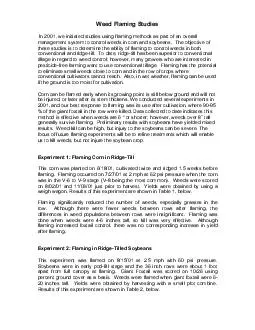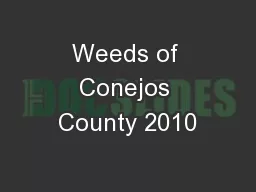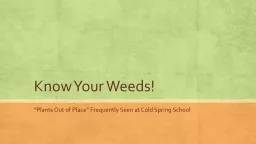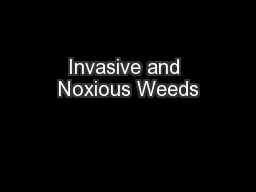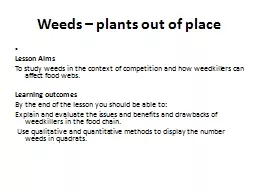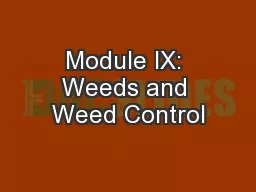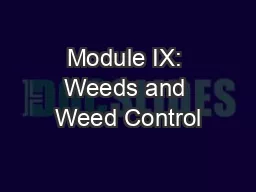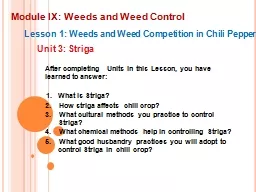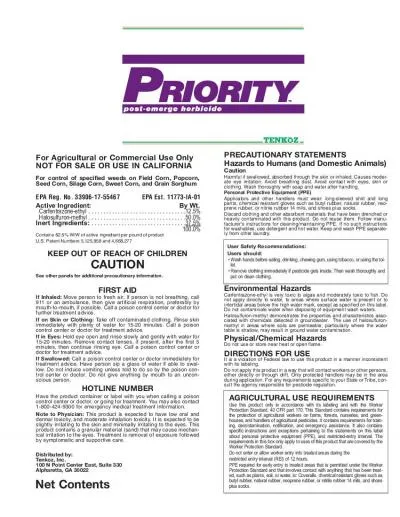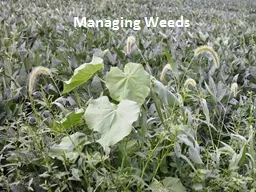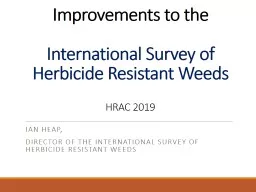PDF-In 2001, we initiated studies using of flaming to control weeds in bo
Author : olivia-moreira | Published Date : 2016-04-15
Giant foxtail was significantly reduced by flaming Table 2 The yield was slightly higher in the flamed plots but the difference in yield was not statistically significantly
Presentation Embed Code
Download Presentation
Download Presentation The PPT/PDF document "In 2001, we initiated studies using of ..." is the property of its rightful owner. Permission is granted to download and print the materials on this website for personal, non-commercial use only, and to display it on your personal computer provided you do not modify the materials and that you retain all copyright notices contained in the materials. By downloading content from our website, you accept the terms of this agreement.
In 2001, we initiated studies using of flaming to control weeds in bo: Transcript
Download Rules Of Document
"In 2001, we initiated studies using of flaming to control weeds in bo"The content belongs to its owner. You may download and print it for personal use, without modification, and keep all copyright notices. By downloading, you agree to these terms.
Related Documents

